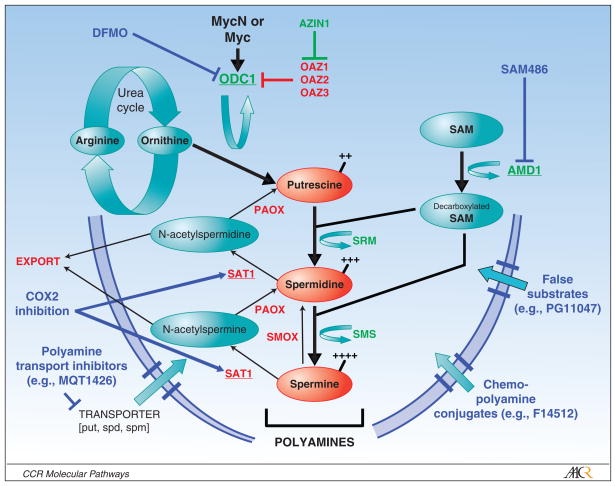Figure 1. Schematic of polyamine metabolism required to support cell proliferation and therapeutic opportunities in this pathway.
Putrescine (diamine), spermidine (triamine) and spermine (tetramine) are the major polyamines. Ornithine derived from the urea cycle provides the initial substrate for Odc mediated decarboxylation to putrescine. Amd1 provides the aminopropyl donor to support SRM and SMS mediated conversion to higher order polyamines, respectively. Pro-synthetic polyamine enzymes are shown in GREEN; catabolic enzymes are shown in RED (underlined enzymes are highly regulated with among shortest half-life of any mammalian enzyme. Polyamine therapeutics and their sites of action are in BLUE (described in the text). Those shown are in pre-clinical or early phase clinical development as cancer therapeutics. ODC1, ornithine decarboxylase; SRM, spermidine synthase; SMS, spermidine synthase; AMD1, S-adenosylmethionine decarboxylase; AZIN1, Odc Antizyme inhibitor; SMOX, spermidine oxidase; PAOX, polyamine oxidase; SAT1, spermine/spermidine N-acetyltransferase; OAZ1,2,3, Odc Antizymes.

